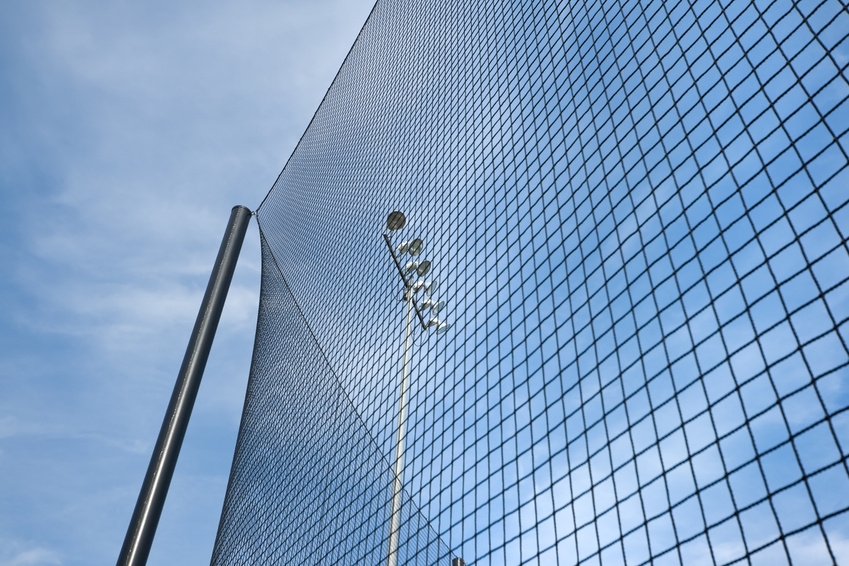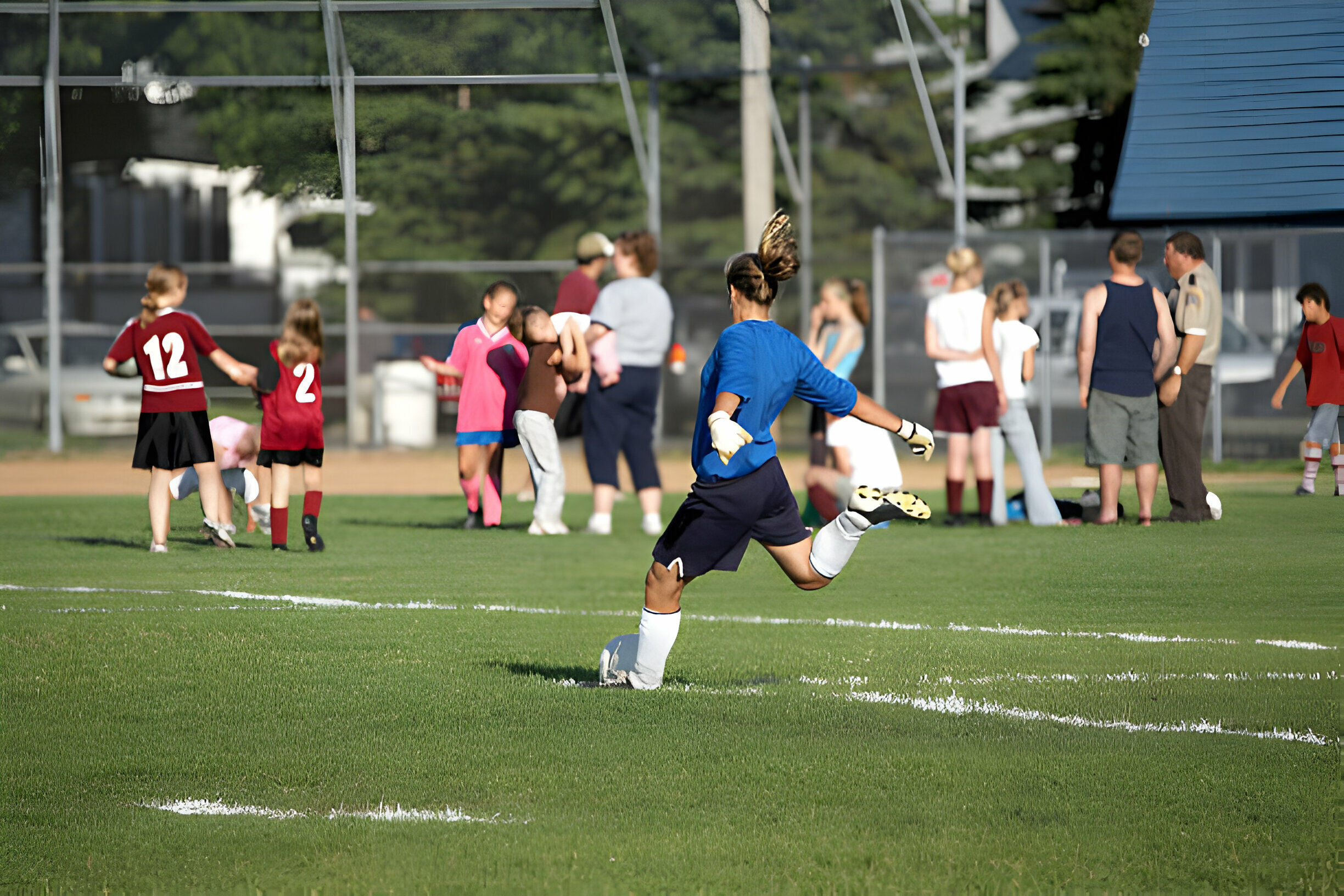How to Choose the Right Sports Gear for You
When it comes to sports, having the right gear can make all the difference. Whether you’re a professional athlete or a casual enthusiast, choosing the right equipment ensures not only better performance but also safety and comfort. The right gear doesn’t just improve your game; it also enhances your experience, making sports more enjoyable and reducing the risk of injury. Here’s a gear selection guide to help you find the best sports equipment suited to your needs.
1. Assess Your Sport and Its Requirements
The first step in choosing the right gear is understanding the demands of the sport you’re participating in. Every sport has unique requirements, so it’s essential to match your gear to the specific demands of the game. For example, the needs of a soccer player differ significantly from those of a tennis player. Soccer players require cleats designed for traction on grass or turf, while tennis players need shoes with stability and lateral support to withstand rapid movements on the court. Identifying these fundamental needs is key to making informed decisions when it comes to purchasing sports gear.
2. Prioritize Comfort and Fit
No matter how high-quality or expensive your sports gear may be, if it doesn’t fit properly, it won’t perform at its best. Comfort is an essential aspect of any piece of equipment, whether it’s a helmet, shoes, or protective gear. A gear selection guide should emphasize the importance of comfort, as well as how well the gear fits your body. For example, when choosing running shoes, the fit around your arch, toe box, and heel should be snug but not too tight. A poor fit could cause blisters, fatigue, or even injury over time. Always try on gear, and consider the use of fitting guides or sizing charts if you’re purchasing online.
3. Don’t Compromise on Quality
The temptation to go for cheap, low-quality equipment may be strong, especially when on a budget, but poor-quality gear can hinder your performance and lead to injuries. While it’s important to stay within your budget, essential sports gear advice stresses investing in high-quality equipment that is durable and safe. Opting for gear from reputable brands that specialize in the sport you’re involved in is a smart approach. Top brands often put their equipment through rigorous testing, ensuring it meets specific performance and safety standards. For example, in sports like hockey or football, where protection is crucial, high-quality pads, helmets, and gloves are essential for your safety on the field.
4. Understand the Importance of Protection
Many sports, particularly contact sports, come with a certain level of risk. Proper protection gear is non-negotiable when it comes to minimizing injuries. Whether it’s shin guards for soccer, mouthguards for football, or knee pads for volleyball, the importance of safety gear cannot be overstated. Make sure that your protective equipment fits well and is designed for the specific demands of your sport. Even in non-contact sports, such as cycling, a well-fitted helmet can save your life. Always prioritize protective gear, even if it means spending a little extra.
5. Research the Latest Innovations
Sports gear is constantly evolving, with new technologies emerging to enhance performance, comfort, and safety. When selecting your equipment, it’s worth researching the latest innovations. For instance, advancements in running shoe technology now offer better arch support and cushioning, helping to reduce joint impact and improve long-distance running comfort. In basketball, high-tech basketball shoes offer enhanced grip and ankle support, reducing the risk of sprains. Staying updated with the best equipment on the market can give you a competitive edge while also ensuring you’re using the most reliable gear for your sport.
6. Consider Longevity and Durability
Sports gear isn’t cheap, and you want your investment to last. Choosing equipment with good durability is crucial, especially if you practice regularly or compete in several events. While higher-quality gear may come with a higher price tag, it typically lasts longer and performs better. Take, for example, high-performance bicycles. The materials and design of the frame, wheels, and components determine how long the bike will last and how well it performs. When shopping for gear, consider not only how it performs now but also how well it will stand up to wear and tear over time.
7. Review User Feedback and Ratings
When you’re uncertain about which gear to purchase, checking user reviews and ratings can be a great way to get a sense of the product’s quality and performance. Many online stores allow customers to leave feedback, which can provide valuable insight into the pros and cons of various products. Pay attention to reviews from other athletes who engage in the same sport, as their feedback can offer specific advice on fit, durability, and overall quality. Best sports equipment tips often involve gathering as much information as possible before making a final decision.
8. Don’t Forget About Maintenance
Once you’ve chosen the right gear, maintaining it properly is just as important as selecting it. Whether it’s cleaning your gear after every use, ensuring it’s stored correctly, or performing regular checks for wear and tear, good maintenance practices will extend the life of your equipment. For example, after using baseball gloves, conditioning them with oil or cream helps to maintain flexibility. After cycling, cleaning and lubricating your bike keeps it running smoothly. Consistent care ensures your gear continues to perform optimally, protecting your investment.
9. Budget Wisely
While you don’t have to spend a fortune to get good gear, it’s important to set a reasonable budget and stick to it. Sometimes, opting for mid-range equipment that balances quality with cost can be a great option. For those on a tighter budget, consider purchasing gear during off-season sales or looking for secondhand equipment in excellent condition. Essential sports gear advice encourages smart shopping that doesn’t compromise on the quality and safety of the gear you need.
Conclusion
Choosing the right gear is not a one-size-fits-all approach—it requires thoughtful consideration of your sport, fit, comfort, and the quality of the equipment. By following this gear selection guide and understanding your sport’s unique requirements, you’ll be able to make informed decisions that help you perform at your best and stay safe. Remember, sports gear isn’t just about looking the part—it’s about equipping yourself with the tools that enable you to perform, protect, and enjoy your sport to its fullest.



